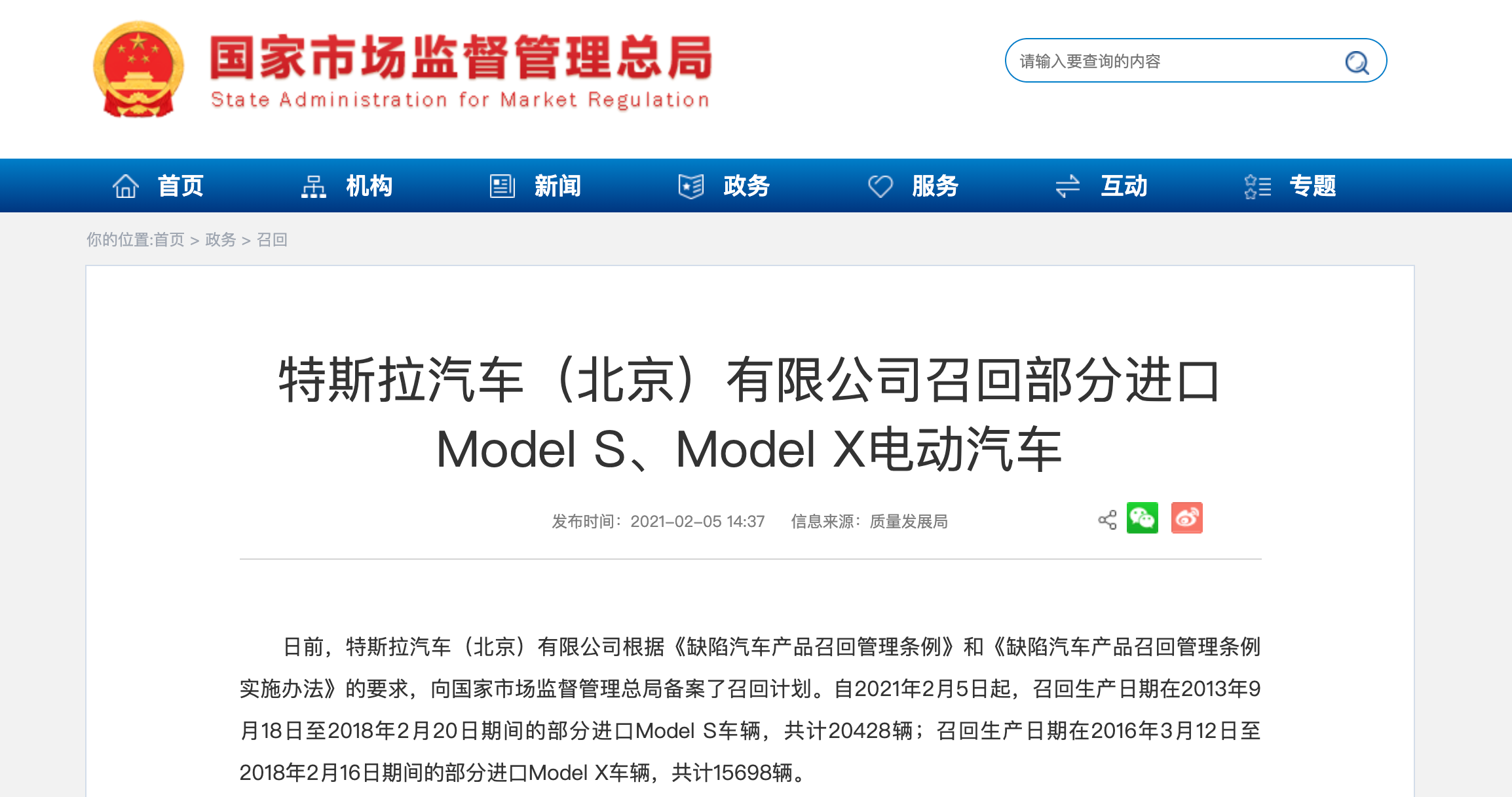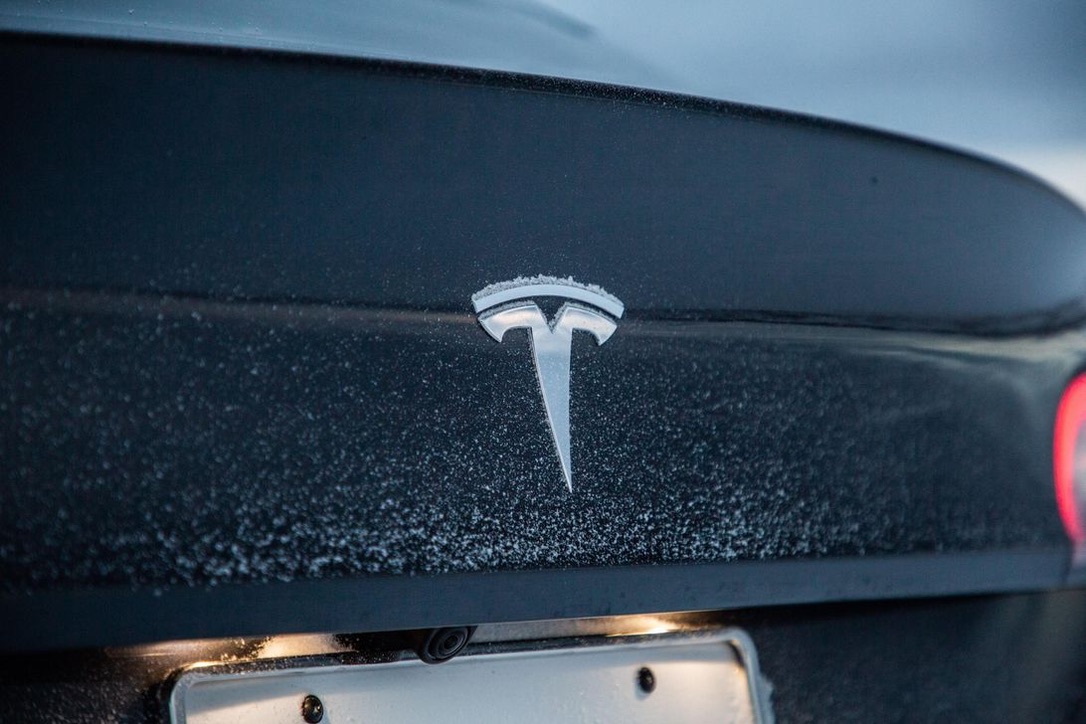Recently, Tesla (Beijing) Co. Ltd. filed a recall plan with the State Administration for Market Regulation in accordance with the “Regulations on the Management of Defective Automobile Product Recall” and the “Implementation Measures for the Regulations on the Management of Defective Automobile Product Recall”.
Starting from February 5th, 2021, some imported Model S vehicles produced between September 18th, 2013 and February 20th, 2018, totaling 204,28 units, and some imported Model X vehicles produced between March 12th, 2016 and February 16th, 2018, totaling 15,698 units will be recalled.

Some vehicles within the scope of this recall are equipped with an eMMC multimedia storage card, which has an industry-standard of 3,000 programming/erase cycles, but as time goes by and depending on actual usage, the eMMC hardware will consume the lifecycle of each storage unit. When the eMMC storage unit hardware reaches the end of its life, the eMMC controller will be unable to maintain the integrity of the file system. This damage may cause faults in the central display software function and may indirectly cause malfunctions in the reversing image, defrosting/defogging control, and the external turning light. This poses potential safety hazards.
Tesla (Beijing) Co. Ltd. will replace the eMMC multimedia storage card on the recalled vehicles with a visual computing module in the central display screen free of charge, upgrading it from 8 GB to 64 GB, and ensure that the vehicles are installed with software version 2020.48.12 or later to eliminate safety hazards.
Previously, on February 2nd, local time, due to the possibility of touchscreen malfunctions caused by MCU (Media Control Unit), which caused safety risks, Tesla applied for a recall of 134,951 Model S and Model X vehicles in the United States.
🔗Source: State Administration for Market Regulation
This article is a translation by ChatGPT of a Chinese report from 42HOW. If you have any questions about it, please email bd@42how.com.
